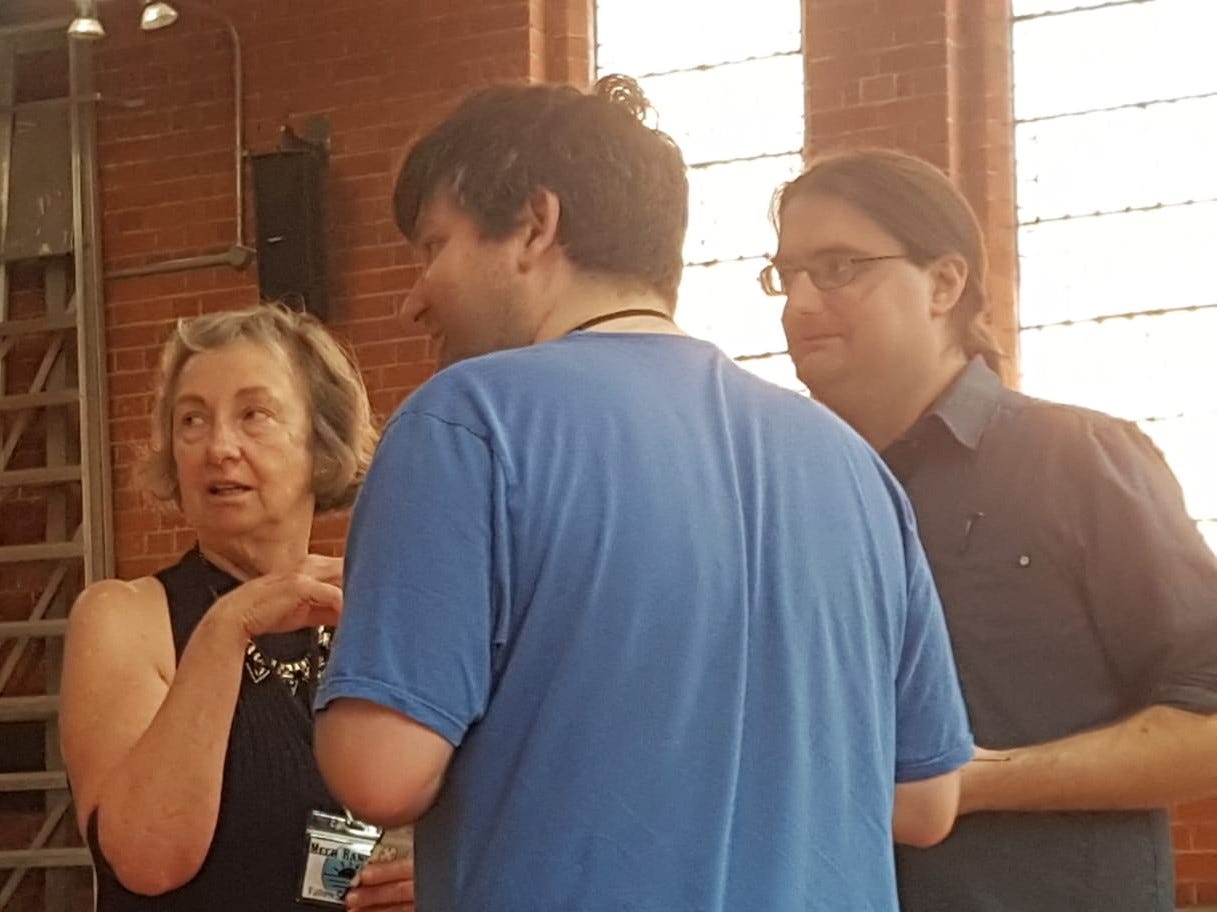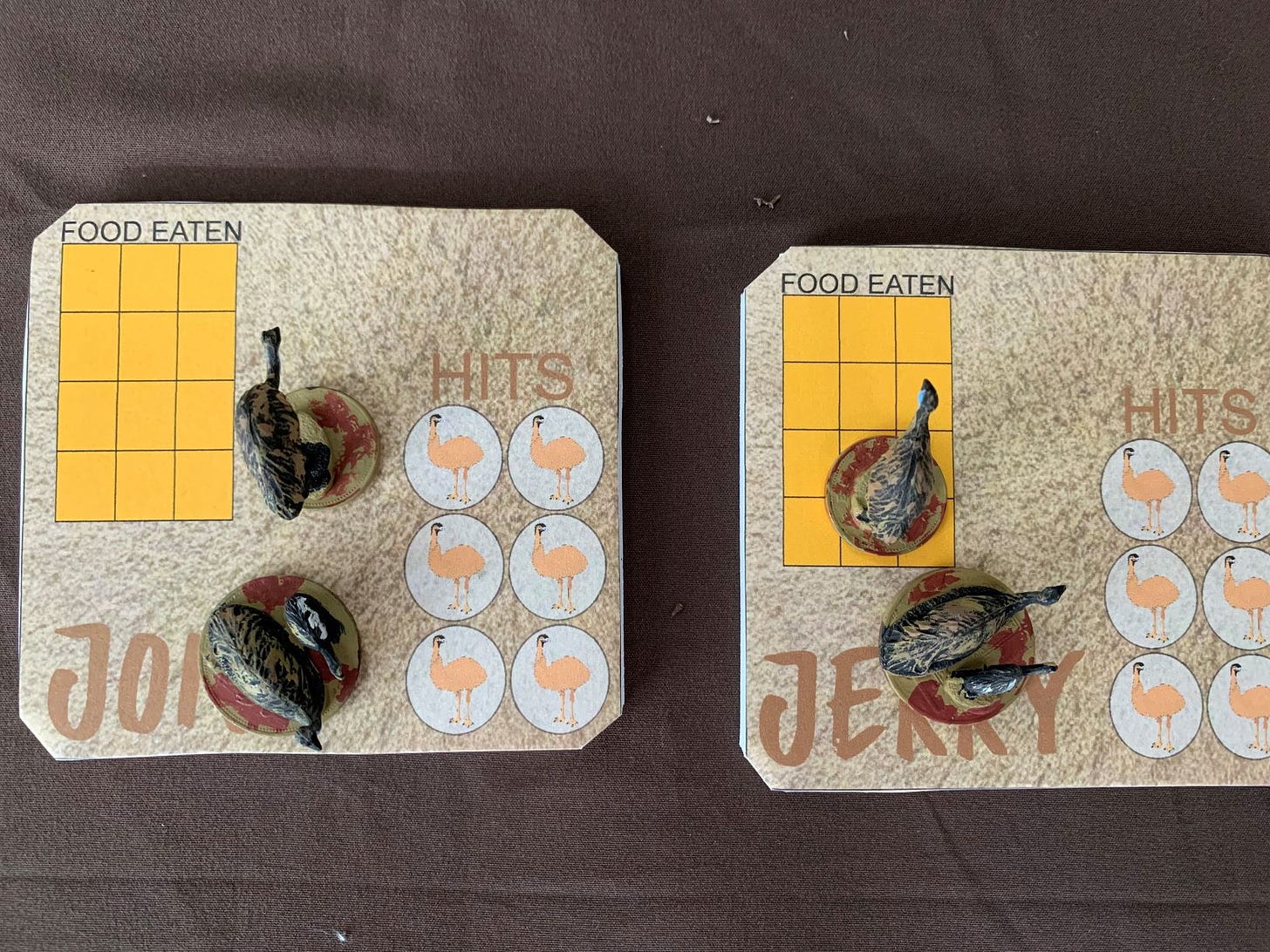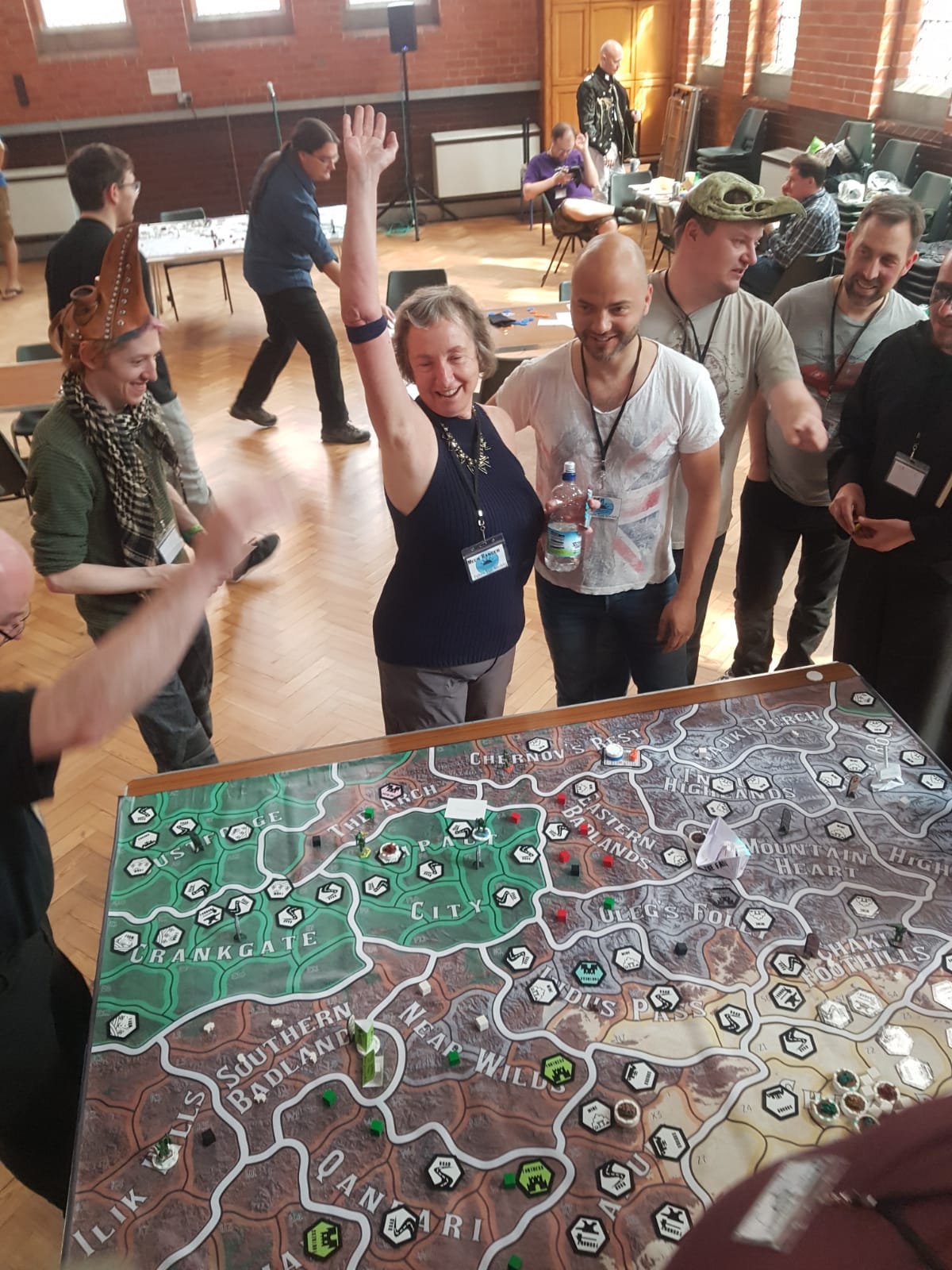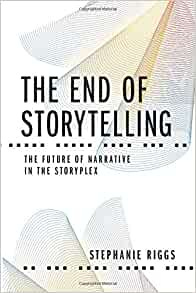#WildWomanGamer invites us all, whether we are gamers or not, to engage in dialogue and creative exchange around the games we play, and looks at the potential of meaningful, authentic, women-led narratives as an agent for radical change. With monthly contributors featured on Wild Women Press, and a newsletter.
One bird’s eye’s view — Deborah Southwell
In early 2019, I had my first experience of a mega-game: ‘Relics of the Fall’, a game exploring how the different societies in a post-apocalyptic world interacted. In ‘Relics of the Fall’, I was the only female player. There was one other female in the facilitating team.
Megagames are large multiplayer games involving 30-300 players in the same game. They cover all sorts of subjects, politics, history, science fiction, historical fantasy – and can last for half a day or several days. They can be held in one room or in multiple rooms around the world, all connected online. I find it a fascinating world.
Since then, I have played more mega-games, occasionally with a few other women also playing. I have participated in facilitation teams for several different mega-games. With the COVID-19 lockdowns, I assisted with the transition from face-to-face games to the online environment.
I became involved in a game design group, the Chestnut Lodge Wargames Group (CLWG). I am the only female attendee. The men are not against women becoming involved; they are interested in how to be more inclusive.
I completed a short course in game design and playtested my own game, ‘Emu Wars’, with players from CLWG – still all male players.
So, I found myself presenting a session for the Annual CLWG Design Conference 2020: ‘Exploring female roles in wargames, mega-games, and role-playing’. Earlier this year, I was asked to present a seminar on ‘We need to talk about women in wargames’ to the Megacon Conference (UK) 2021. I will also be presenting a seminar at the professional wargaming conference Connections UK 2021 on a similar topic.
I suspect I was asked because I turn up.
But it was also important to me that my listeners knew where I was coming from, what has shaped and influenced me over my lifetime, and that I can only give one perspective of the topic. I am conscious I can only speak for myself and not on behalf of others, so many of whom do not have a voice.
I speak as a middle-class, white, CIS gendered, 65-year-old woman. I am a Westerner – a dual citizen British-Australian). As such, I am very privileged. I cannot speak for women who are Black, Asian and minority ethnic, for women of other Western countries (British/American) or other national rankings. I cannot speak for young or middle-aged women, for LGBTQI women, for women who are working-class/upper class or any other social or cultural ranking. I can share my story, but I cannot generalise it to others.
Perhaps, as you read, you will identify with some parts of my story but not with others.
I have two sisters and two brothers, all younger than me. I have one daughter and three sons, three granddaughters and five grandsons. My grandchildren are impressed I play Minecraft.
I have a great grandfather killed in the first world war, and an uncle killed in the second world war. I have a brother who was in the Special Air Services (SAS) Regiment in Australia and a nephew deployed to Afghanistan.
I speak as a woman who has experienced domestic and religious abuse.
At primary school, the other girls and I played on the bitumen netball courts at school while the boys had the marble patch and the two big grass ovals to play. My grade 2 teacher had to resign when she got married, and we had a replacement teacher.
In my first year of high school, I witnessed the change to women teachers getting equal pay with men. Women were also allowed to stay teaching after they married. In the same year, I witnessed indigenous Australian Aborigines, both male and female, being allowed to vote for the first time.
I watched my high school peers hang their bras outside the home economics building as a statement of women’s liberation and then watched the male deputy climb up to remove them from the building. I was not allowed to do technical drawing at high school because the girls did home economics – even though I was already running the home for my sick mother and making my own clothes.
I returned to work after a 16-year gap with children and rose to senior leadership in higher education in the following six years. At the same time, I studied and completed qualifications up to and including a doctorate. My doctorate focused on female leaders in Australian higher education.
In many ways, I straddle the radically different worldviews of a middle-class westerner in the 1950’s and 2020’s and everything in between.
I can give one perspective.
What about the other perspectives? How do we hear and listen to them? How do we encourage others to listen to them?
And how do we take action to have more female perspectives and involvement in our gaming?
(Deborah Southwell is our May #WildWomanGamer)
In early 2018, Australian Deborah Southwell left home on an adventure that was to involve writing retreats in Morocco, Ireland, and Romania, studying creative writing for therapeutic purposes in the UK, spending six months in Argentina learning Spanish and re-learning how to ride a bicycle somewhere along the way. She made it to the UK where she fell in love with a serious game designer, which wasn’t part of the plan, then a pandemic and lockdowns swept the world, which means she isn’t going anywhere in the near future except walks down to the sea at the end of her street.
What we are reading …
The End Of Storytelling: The future of narrative in the storyplex
Stephanie Riggs argues in The End of Storytelling that in order to develop powerful stories in these emerging mediums, we need nothing short of a paradigm shift in how we approach and conceptualize immersive narratives.
Beautifully designed and explosively written, this book will help you better understand how to approach the exciting medium and get your next immersive project off the ground by explaining:
Why storytelling doesn’t work
The fundamental narrative building blocks that do work
How to think immersively
A blueprint for developing your next immersive project
“Visually stunning, contextually perfect, Stephanie has written a definitive, must have guide into the future that is now in storytelling. The End of Storytelling gives us the how, where, when and why of how to tell immersive stories …” (Adaora Udoji, Director of Corporate Innovation, RLab)
What we are playing …
Never Alone (Upper One Games)
Never Alone (Kisima Ingitchuna) is the first game developed in collaboration with the Iñupiat, an Alaska Native people. Nearly 40 Alaska Native elders, storytellers and community members contributed to the development of the game. Play as a young Iñupiat girl and an arctic fox as they set out to find the source of the eternal blizzard which threatens the survival of everything they have ever known.
That’s all for this month. #WildWomanGamer is curated by Victoria Bennett @VikBeeWyld and published by Wild Women Press, as part of the #WildWomanGamer project.







